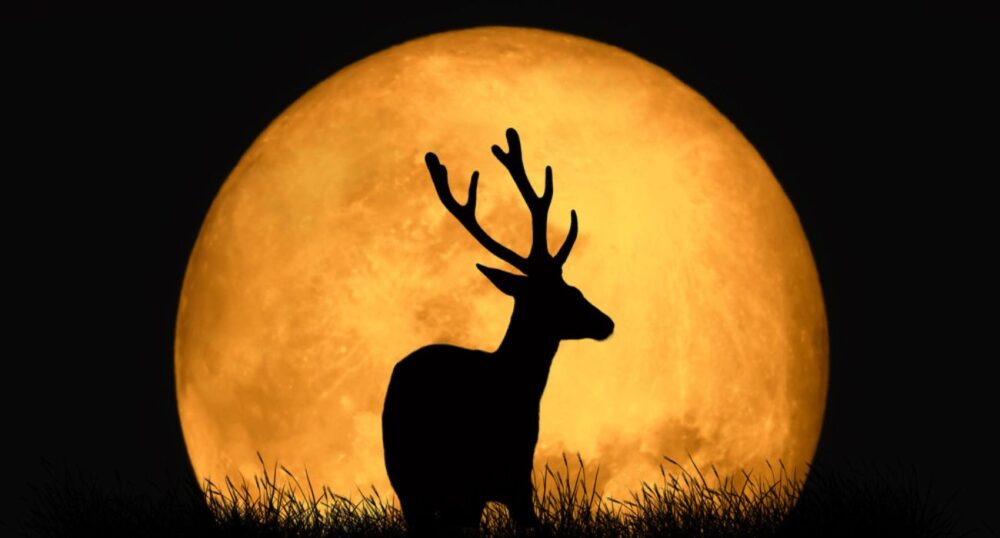Fireworks are not the only thing lighting up the evening skies this week.
The first supermoon of the year, known as the Buck Moon, is currently casting a bright glow over the Earth. This is the first of several supermoons that will occur throughout the year.
NASA announced on June 22 that the first “supermoon” of 2023, also known as the Buck Moon, would be visible from July 1 to July 4.
The term “supermoon” was coined by astrologer Richard Nolle in 1979 to describe a new or full moon within 90% of perigee, which is the closest approach to the planet during the moon’s elliptical orbit.
The moon will appear brighter and about 7% larger in this phase and will be just under 225,000 miles away from the Earth, according to Almanac, much closer than its usual average distance of nearly 239,000 miles.
The full moon in July is known as the Buck Moon, according to The Old Farmer’s Almanac. The name could be Native American or Colonial American in origin, referring to the season when the antlers of a male deer, or buck, are in full-growth mode.
Other names for this moon include the Thunder Moon, the Hay Moon, the Mead Moon, and the Rose Moon.
The full moon occurred Monday morning at 6:39 CT. The moon will reach its perigee on July 4 at 5:26 p.m. CT. The optimal time for viewing the Buck Moon was Monday at dusk, although the moon will appear to be full for all four days from July 1-4.
The next supermoon will occur on August 30, when the moon will be even closer to Earth, making it the biggest and brightest full moon of the year.

